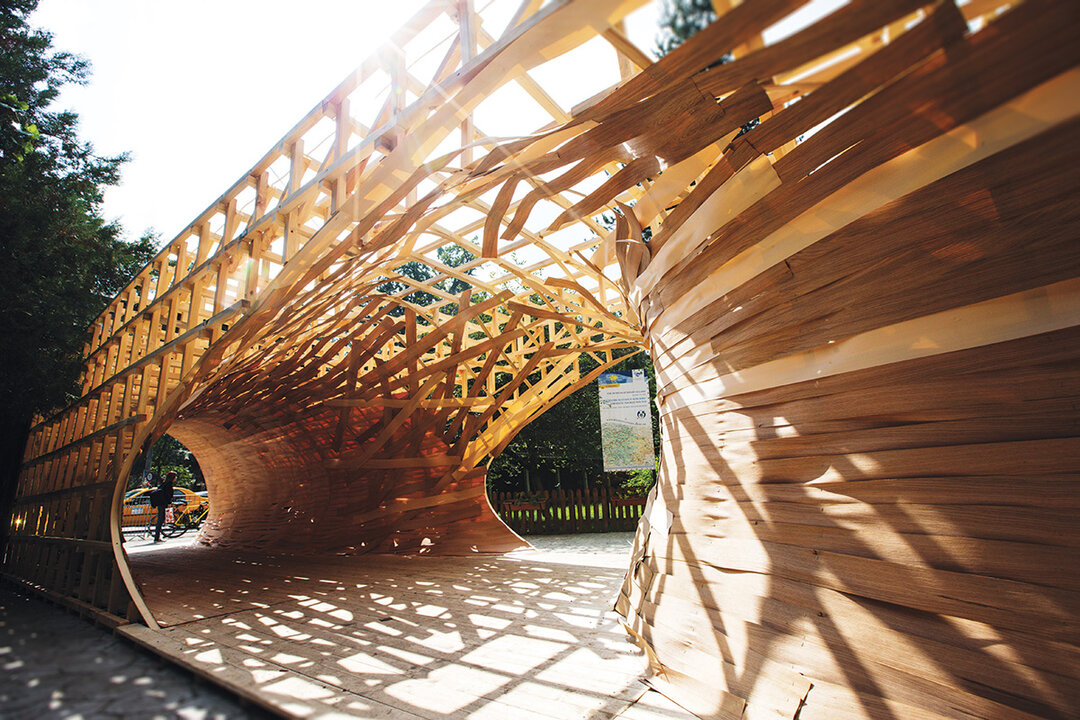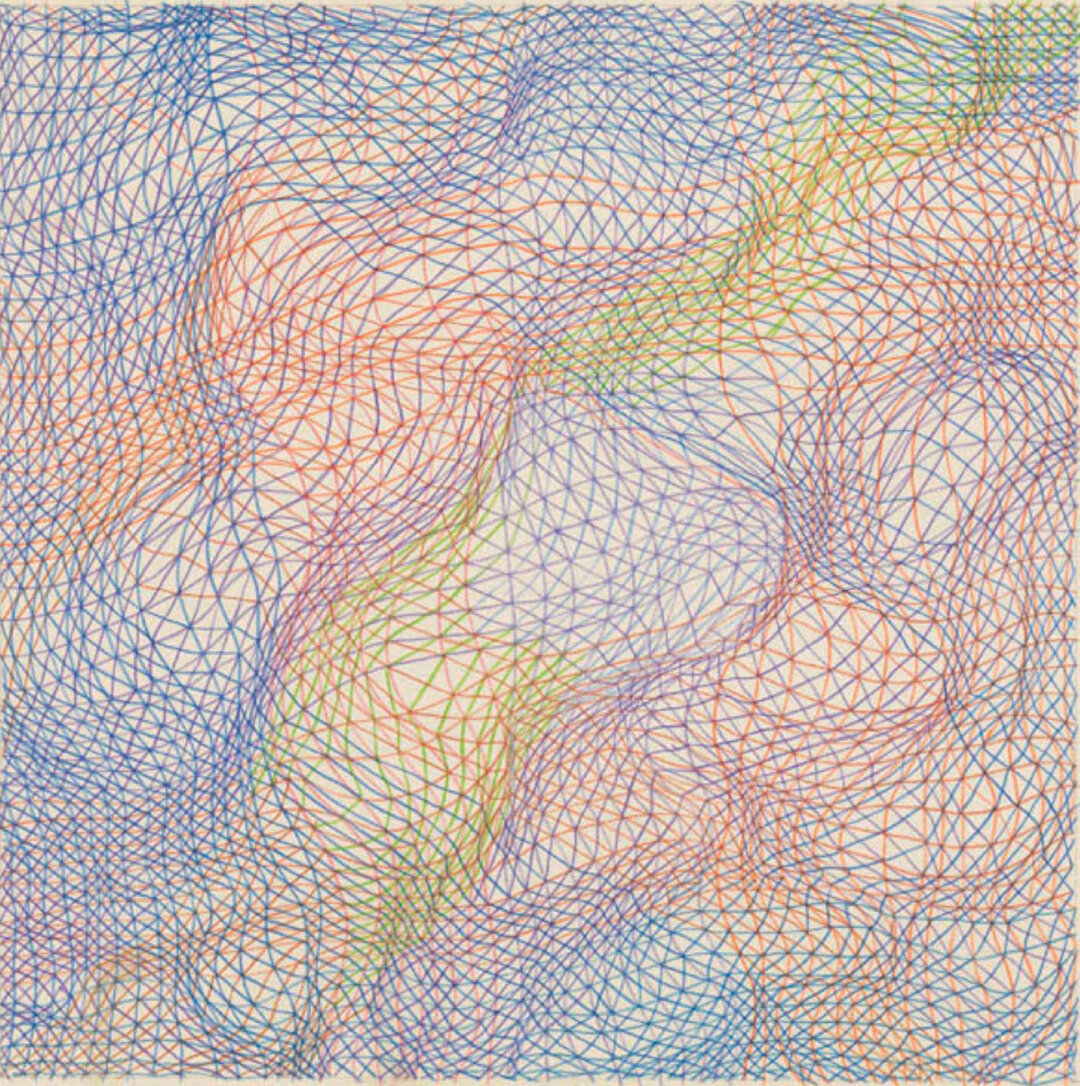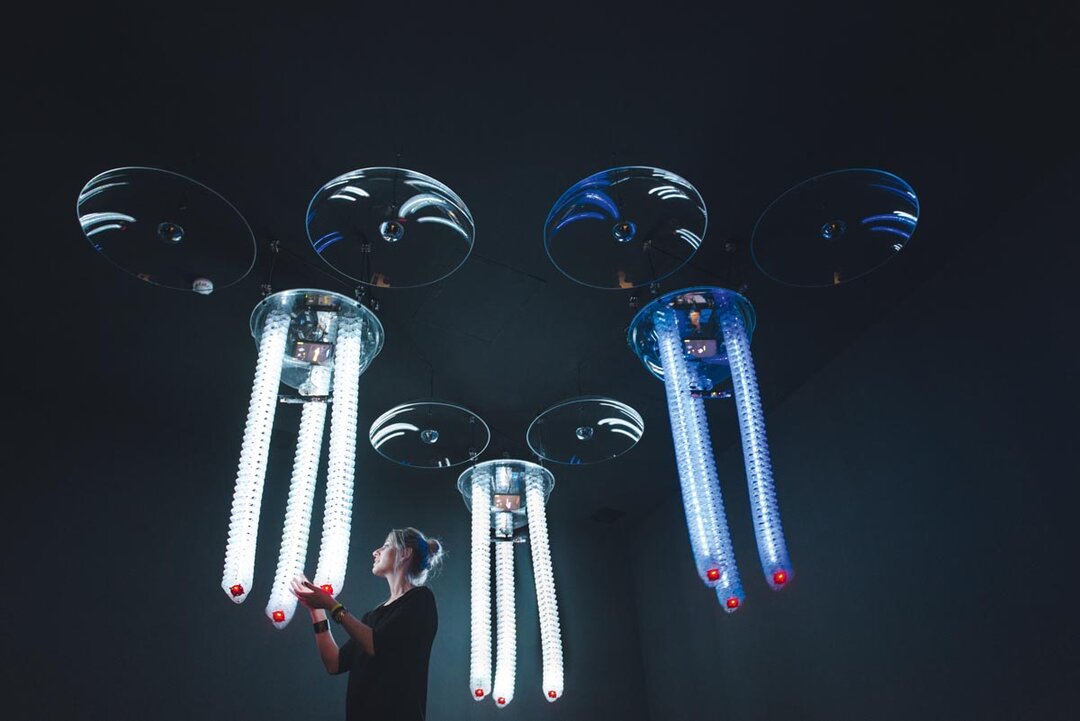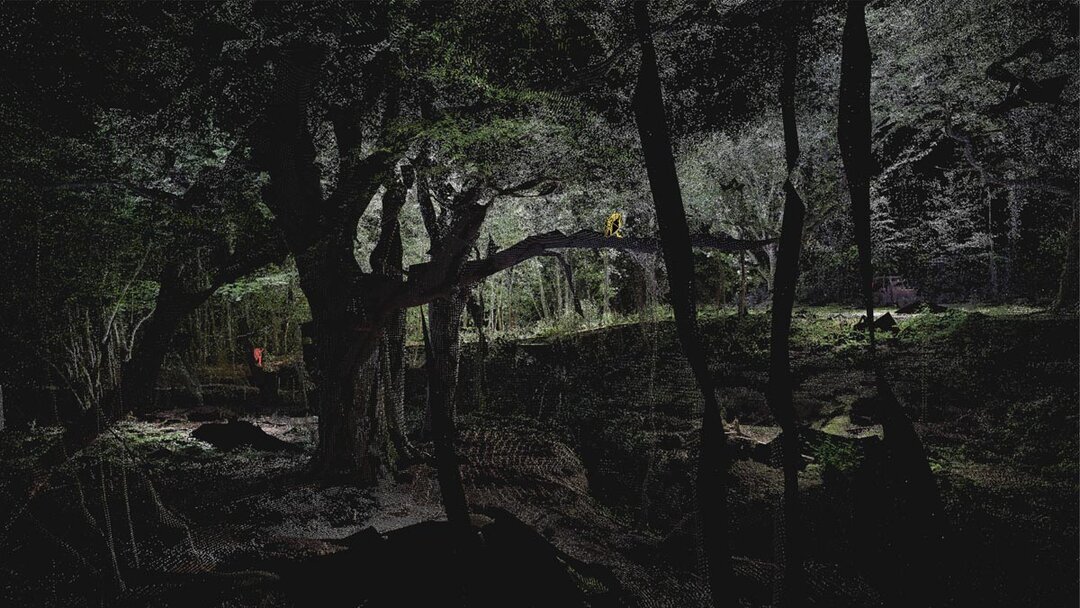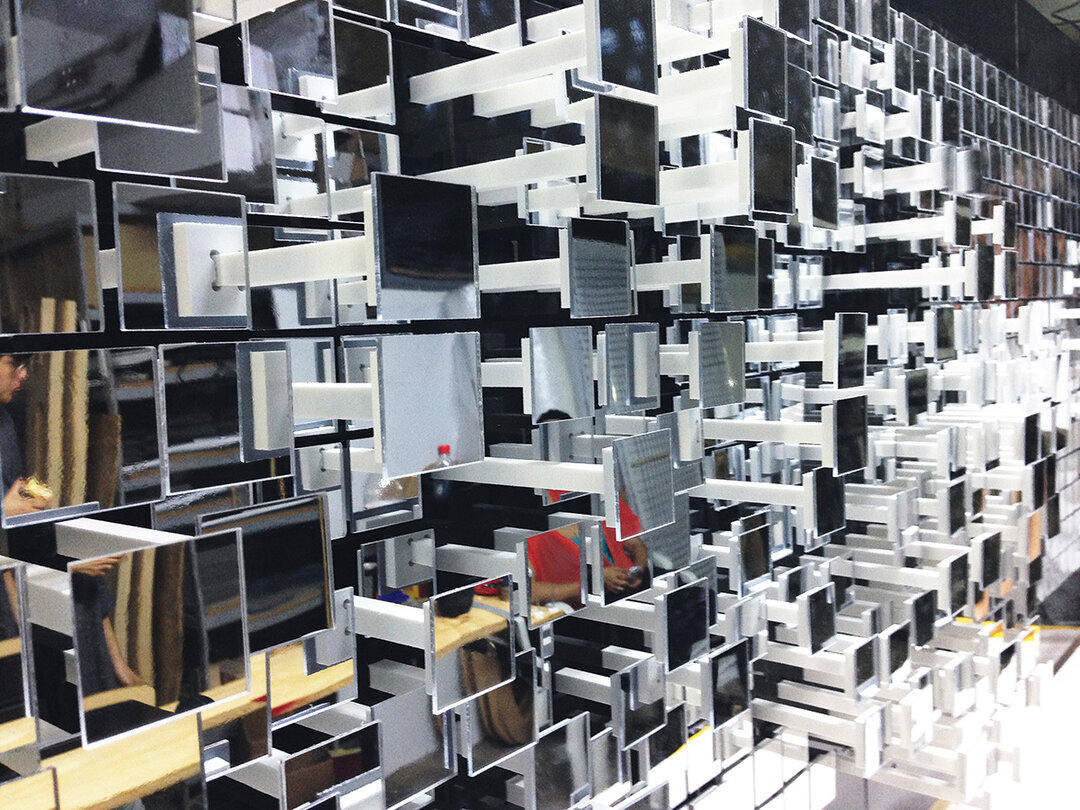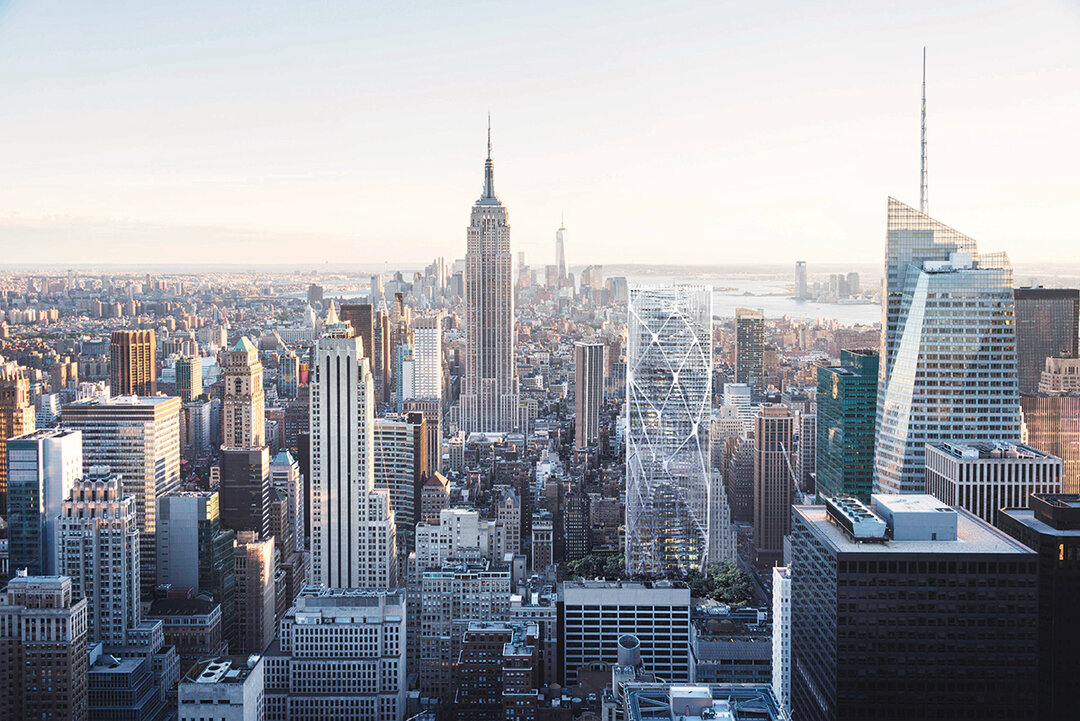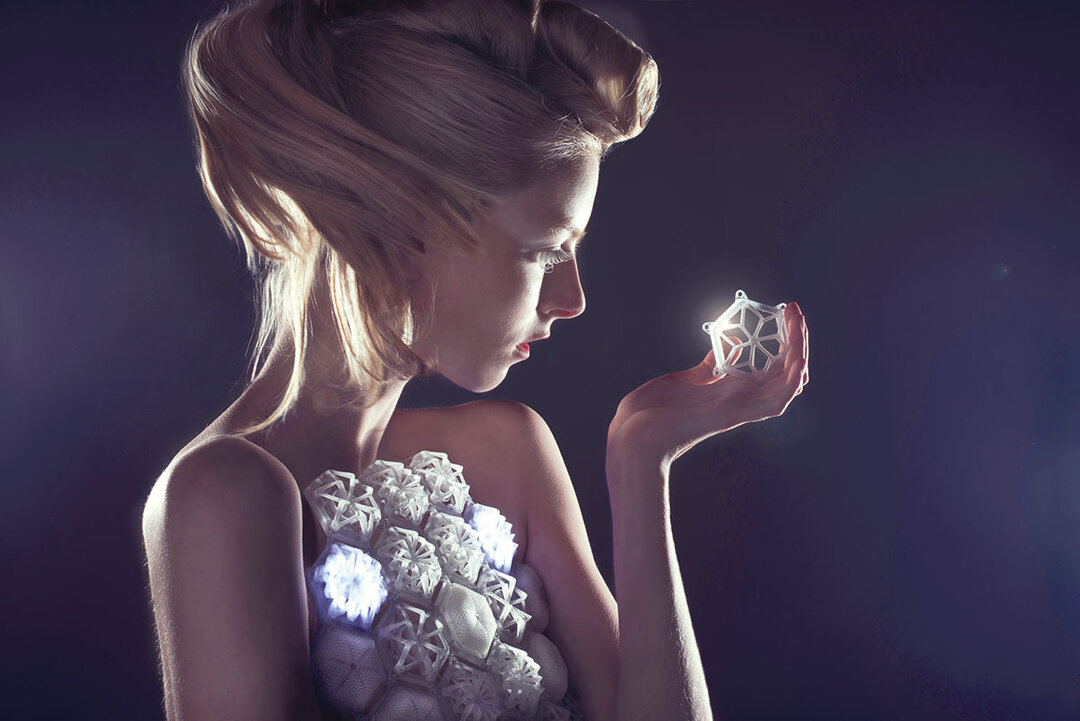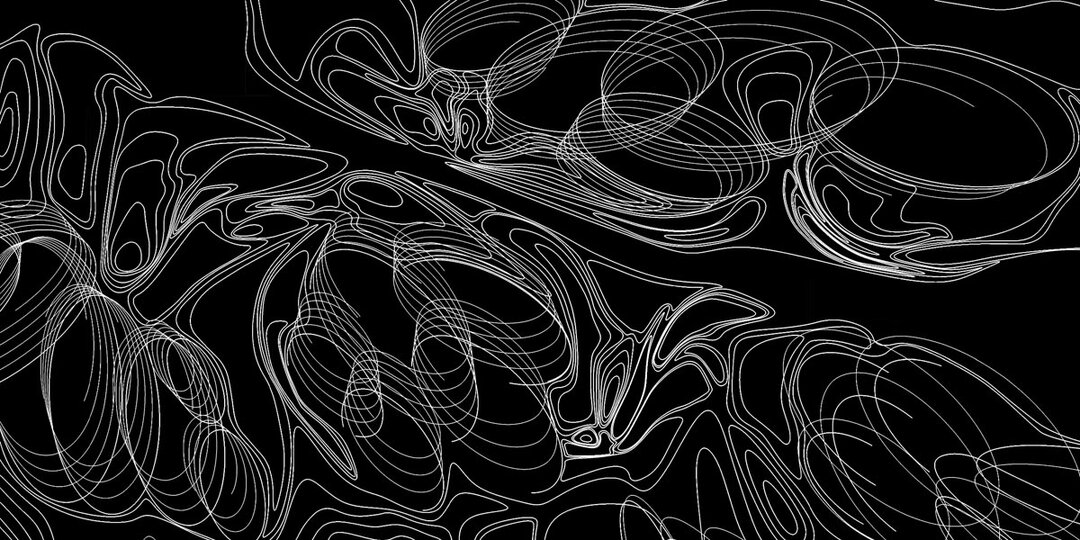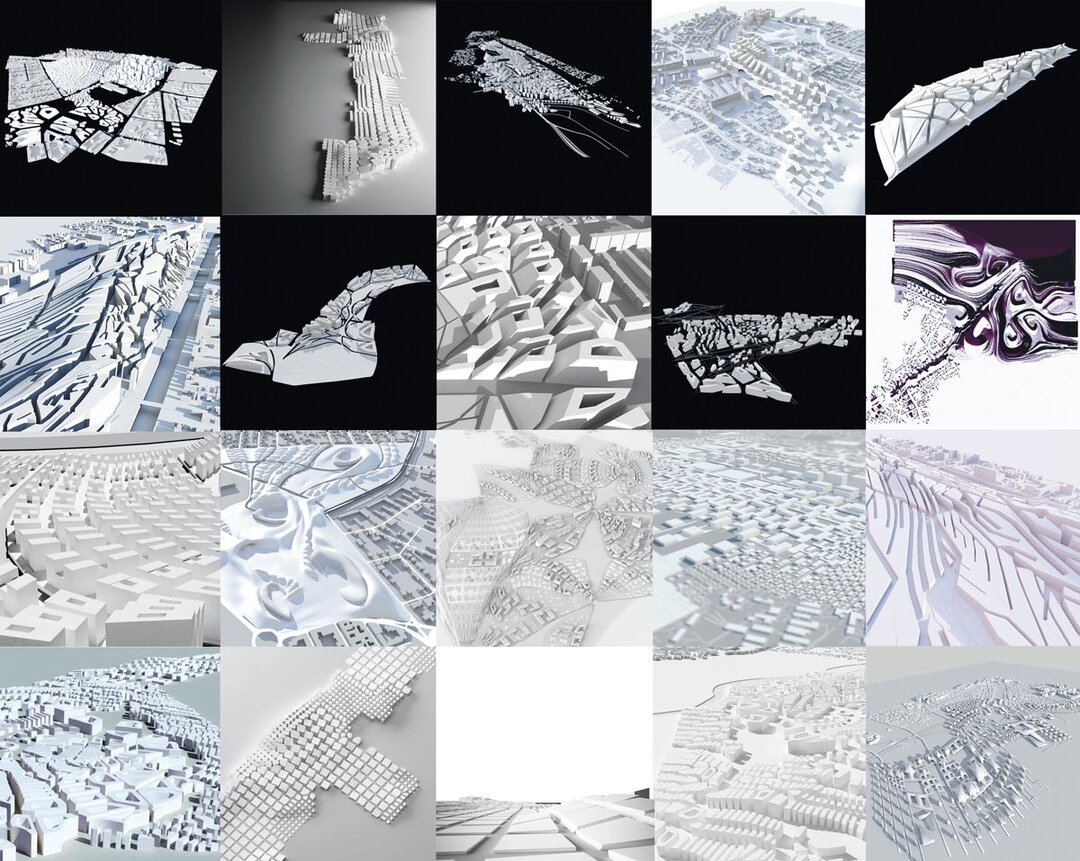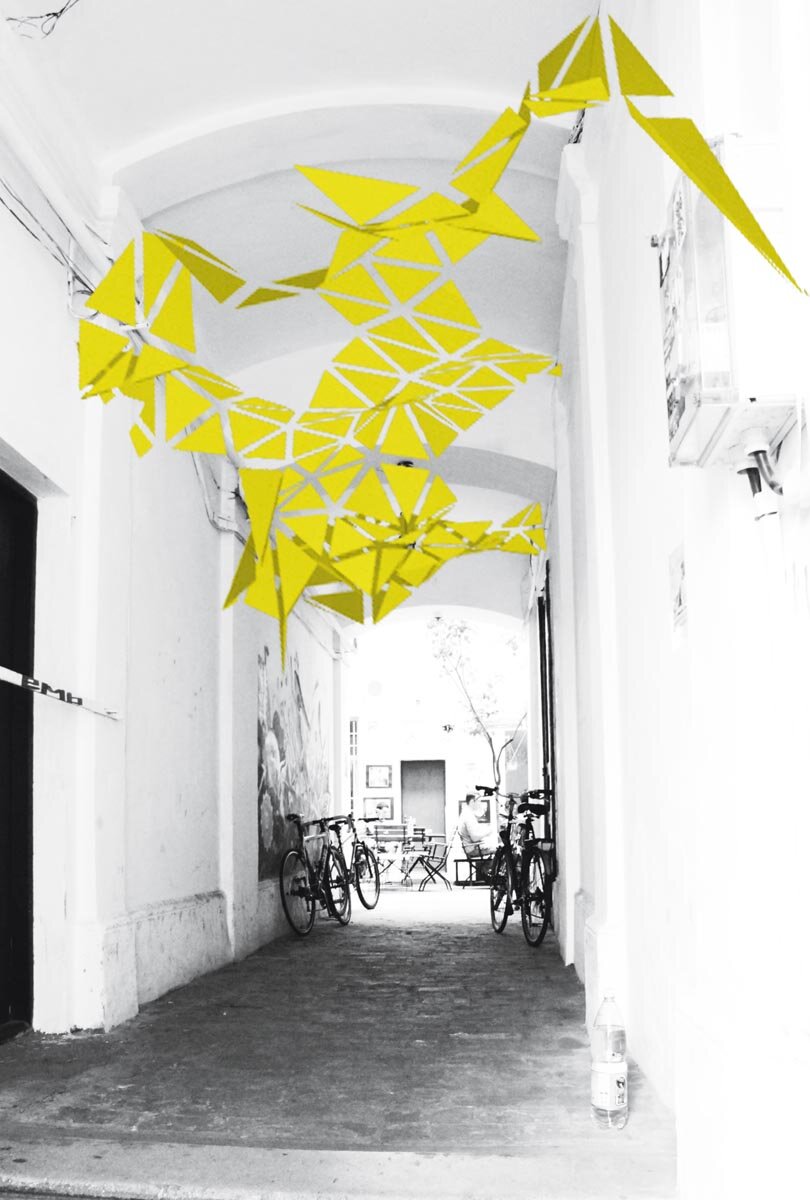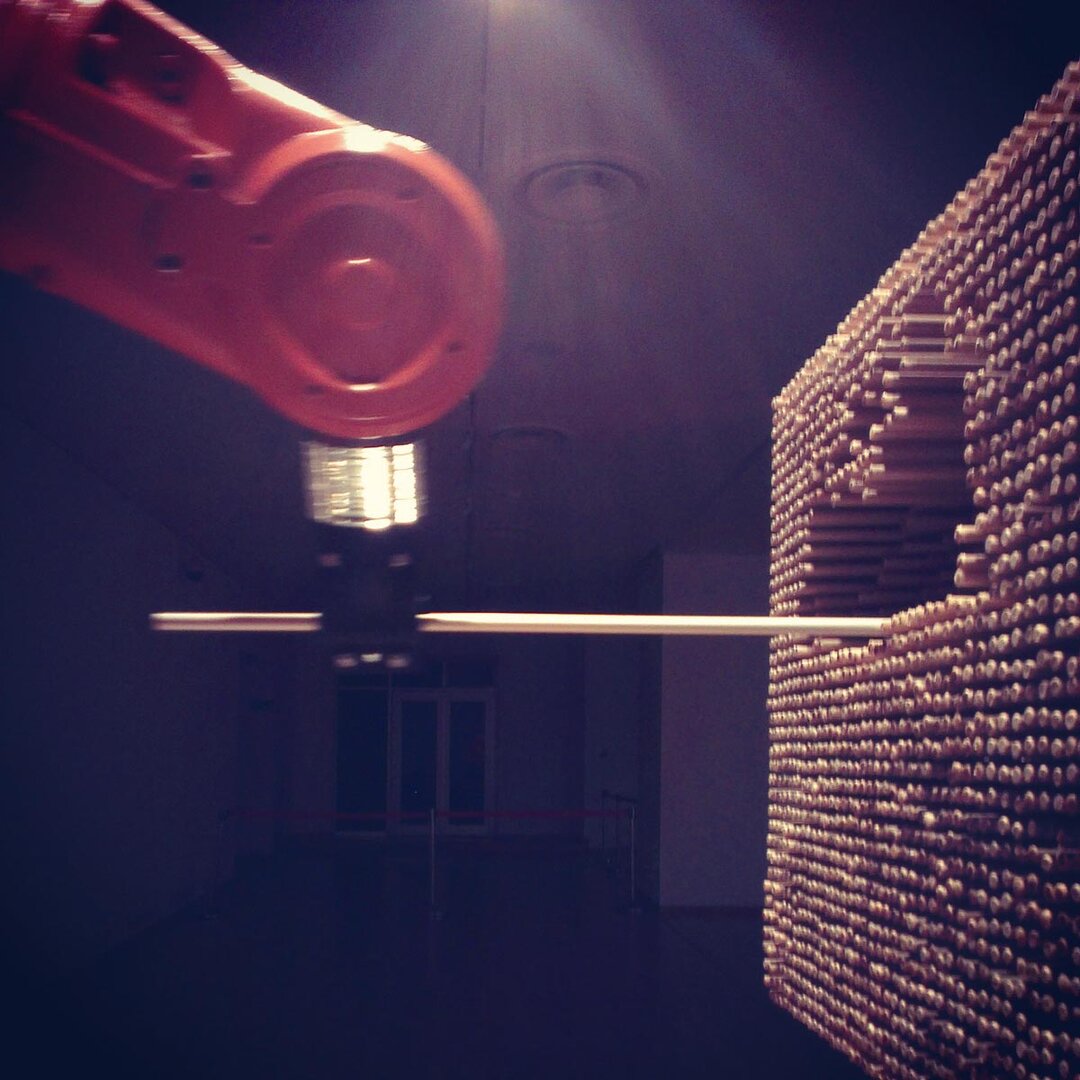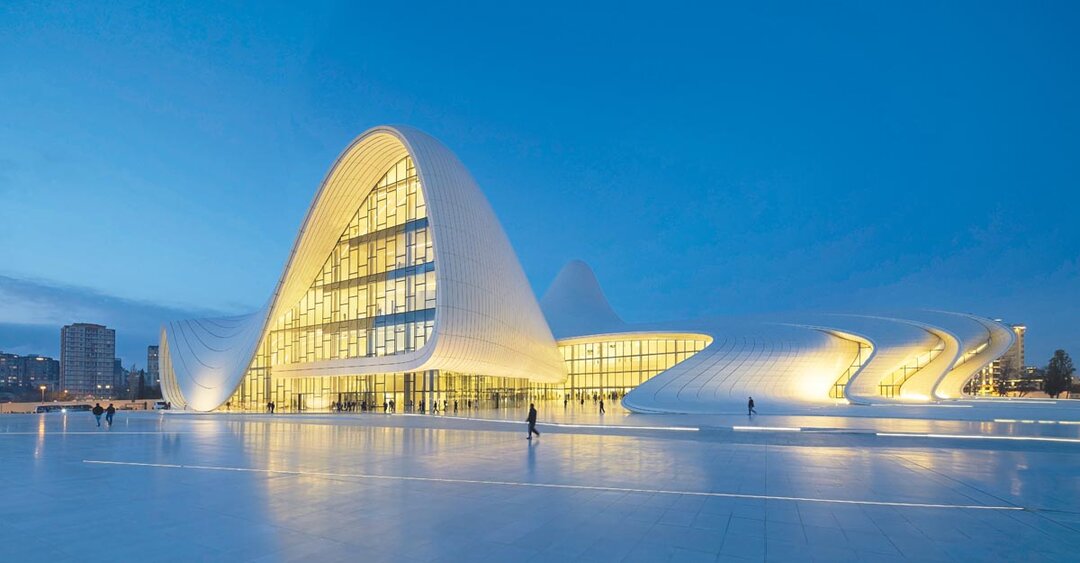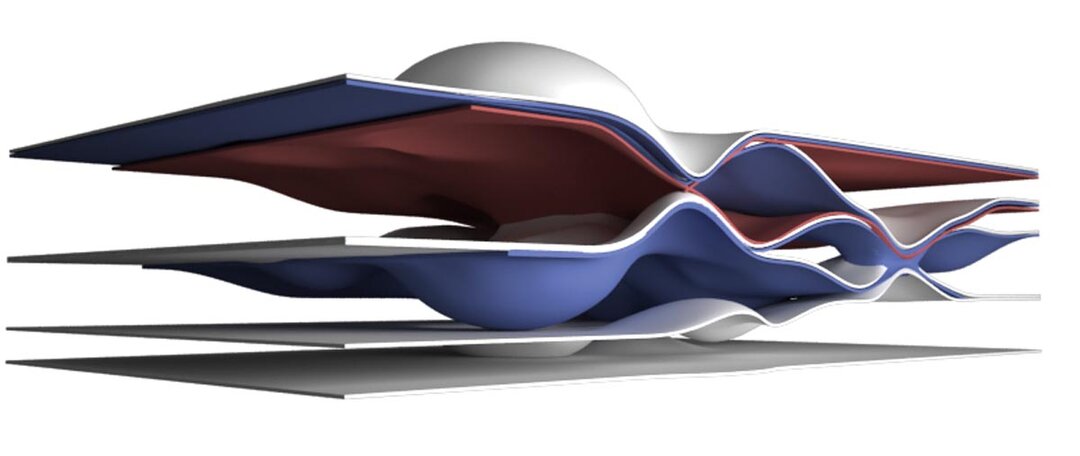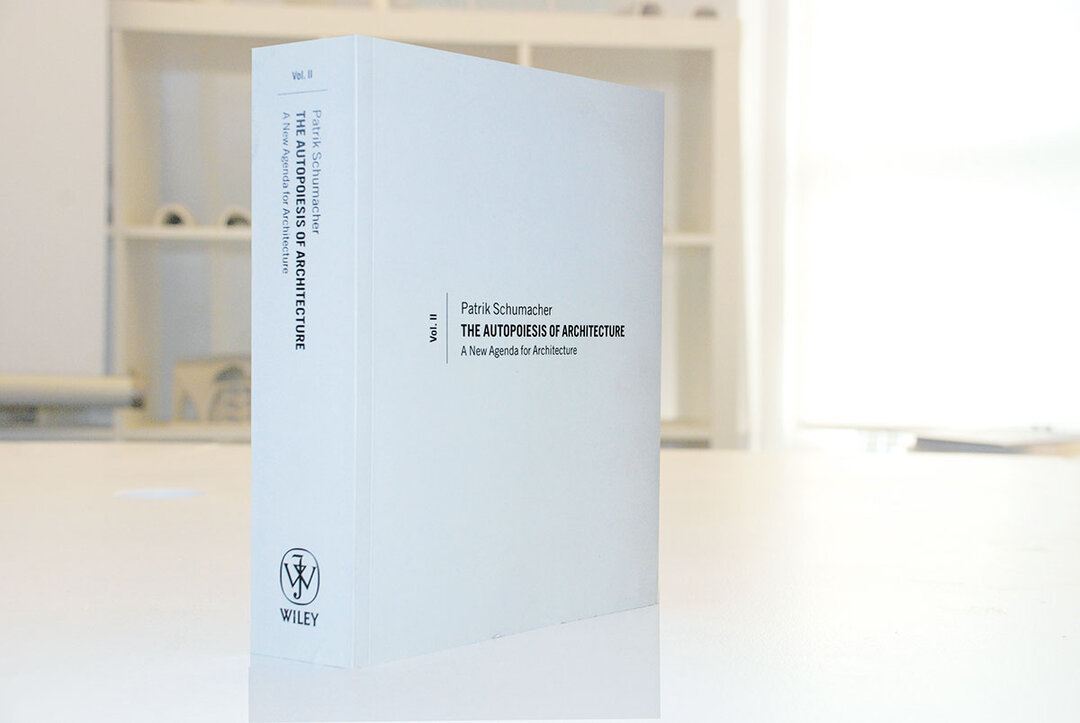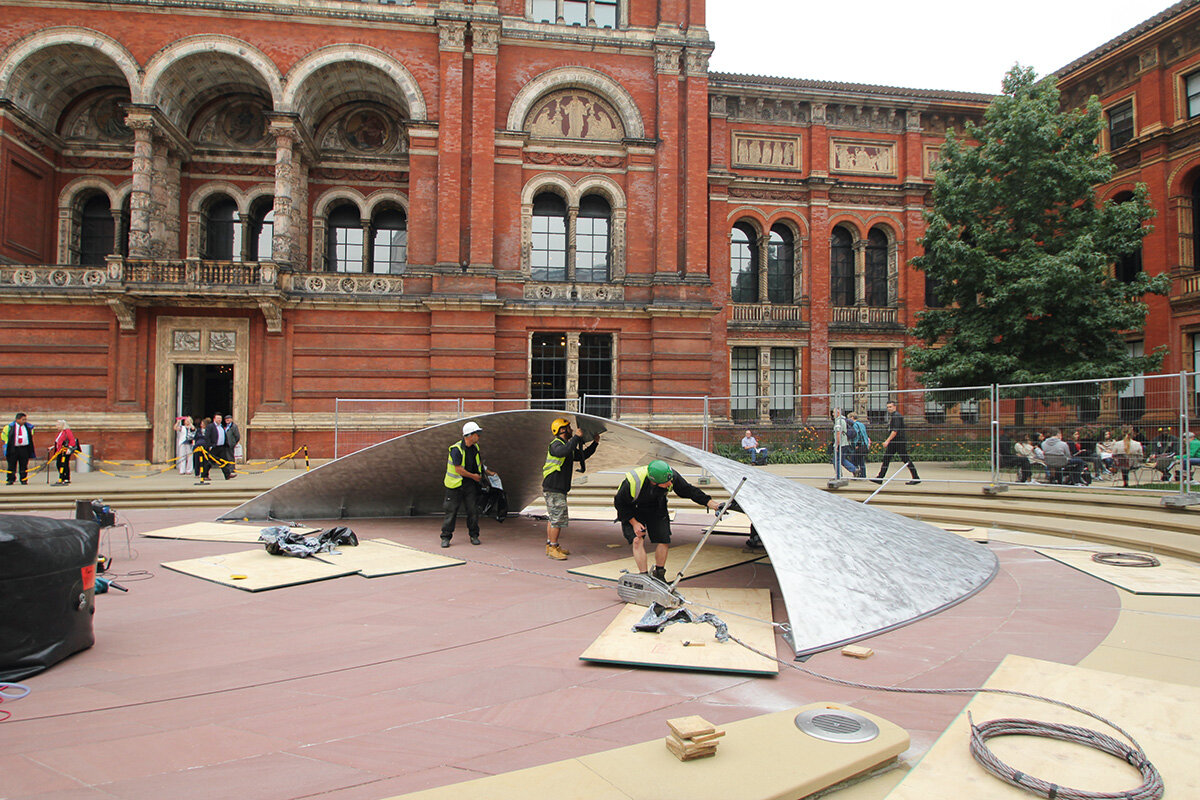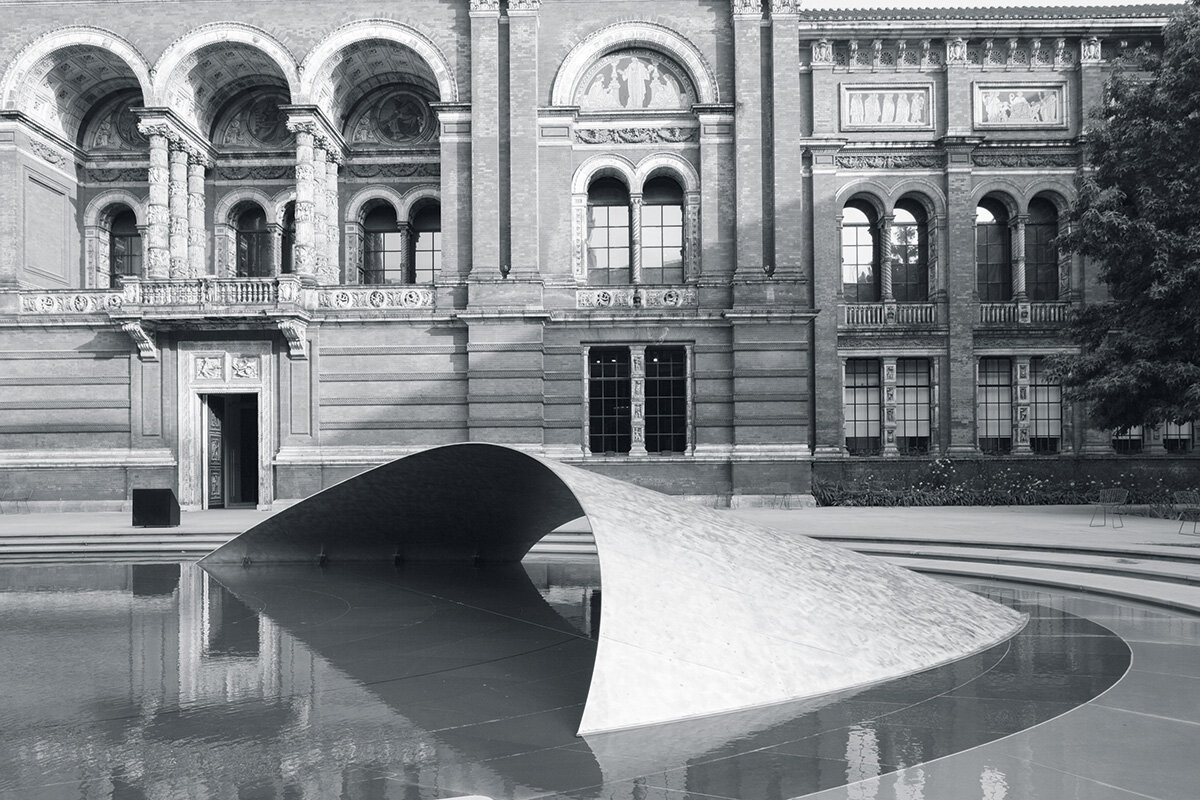
Instalația Crest | Crest Installation
Instalația „Crest” a fost primul proiect din cariera mea profesională care a fost construit. Am absolvit Facultatea de Arhitectură din cadrul Universității Politehnica din Timișoara, iar în ianuarie 2014 am început internshipul în cadrul biroului Zaha Hadid Architects.
Deoarece am studiat arhitectura cu accent pe raționalitate și eficiență, am fost exact în locul potrivit la echipa Zaha Hadid Architects ca să experimentez noi posibilități și tehnici de construcție. Pentru instalația „Crest” ne-am propus să investigăm structurile de tip „shell”, analizându-le din perspectivă structurală, arhitecturală și pentru a găsi cea mai bună rezoluție între ele și cerințele clientului.
„Crest” este o structură de tip „shell”, demontabilă, care a fost instalată temporar la Muzeul Victoria & Albert, în cadrul Festivalului de Design din Londra. Să facem instalația demontabilă a fost o provocare, dar și o cerință pentru că singurul mod în care am putut să o aducem în curtea muzeului a fost în bucăți suficient de mari pentru a putea fi trecute prin ușile muzeului. De asemenea, acest lucru a însemnat că bucățile trebuiau transportate manual. Dincolo de rolul sculptural, am tratat instalația ca pe o investigație în posibile metode de construcție și montaj a structurilor de tip „shell”. Am mers dincolo de modul de lucru folosit de obicei în design și am explorat o abordare integrată a designului, în care comunicarea dintre parteneri a fost în mod constant și fluent sintetizată în design. Utilizarea instrumentelor digitale, software-uri de modelare 3D și, de asemenea, script-uri personalizate au făcut posibilă introducerea modificărilor de design rapid și precis, în toate etapele de proiectare, cu parametrii proveniți din cerințele structurale și de fabricare.
Definirea geometriei a fost un proces iterativ bazat pe un ciclu de analiză, testare și rafinare. Pentru definirea procesului de proiectare pentru instalație, a fost efectuată o primă serie de studii, în care complexitatea a fost adăugată secvențial cu parametrii proveniți de la cerințele structurale. Rezultatele, mai apoi, au fost testate cu constrângerile din fabricație prin simularea de comportamente diferite de care ne putem lovi în proces. Am simulat aplicare de forțe pe diverse elemente ce le putem folosi în definirea shell-ului și am analizat tipologii geometrice diferite, sferice, conice, forme libere și capacitățile lor structurale. Mai departe, am rafinat studiile astfel încât să poată fi construite cu tehnicile avute la îndemână și să fie în continuare în buget. Scopul a fost să găsim un echilibru între grosime, deschidere, curbură și posibilitățile de fabricare. Procesul optim descoperit a fost definirea instalației ca o suprafață desfășurabilă 2D, asamblarea pe plan orizontal și găsirea de posibile geometrii 3D prin comprimarea sau tensionarea piesei pe sit. Cu procesul de proiectare stabilit, am făcut o serie de studii pentru a explora calitățile arhitecturale ale instalației. Pe aceste studii am analizat mici detalii: cum sunt fixate panourile între ele, ce distanță ar trebui să avem între muchia panoului și centrul șurubului și cât de mari sunt rosturile dintre panouri, astfel încât să obținem forma curbă dorită. De asemenea, am investigat calitățile instalației la scara sitului, integrarea sa în mediul arhitectural înconjurător, jocul cu apa și reflexiile, cum aceasta creează un dialog cu vizitatorii. Zaha Hadid a declarat despre instalație: „Crest explorează relația între suprafață și structură, transformând suprafața plană a apei din curtea V&A într-o formă curbiliniară, creând o interacțiune convingătoare cu lumina și reflexia”1.
Instalația finală măsoară aproximativ 1,9 metri înălțime la cel mai înalt punct, 11 metri deschidere și are o grosime de 16 milimetri. Este formată din 90 de panouri de aluminiu tăiate individual, fiecare panou având o grosime de 8 milimetri, fiind dispuse în două straturi și unite cu aproximativ 800 de șuruburi din oțel inoxidabil. Instalația a fost asamblată manual pe sit. Centrul a fost ridicat pe perne de aer și marginile au fost tensionate între ele cu cabluri. Două cabluri tensionate se află permanent sub pelicula de apă și permit instalației să își găsească forma. Melodie Leung, asociat la Zaha Hadid Architects, spune despre instalație: „Este vorba de un proces pe care nu l-am mai reușit niciodată înainte, un experiment de realizare a unei forme cât se poate de subțiri. Este cea mai subțire structură de tip shell pe care am construit-o până acum”2.
NOTE
1, 2 http://www.zaha-hadid.com/architecture/crest-installation/
The ‘Crest’ Installation was the first project that I worked on in my professional career which got built. I graduated in 2013 from the Faculty of Architecture, ‘Politehnica’ University in Timisoara, Romania, and in January 2014 I started my internship at Zaha Hadid Architects.
Having studied architecture with a focus on rationality, buildability and efficiency, I was in the right place in the Zaha Hadid Architects team to experiment with new construction possibilities and techniques. For the Crest installation we set out to investigate shell structures from a manufacturing, structural & architectural point of view, and to find the best resolution between them and the client’s requirements.
The ‘Crest’ installation is a demountable shell structure that was installed temporary at the V&A Museum for the London Design Festival. Making the sculpture demountable was a challenge but also a requirement because the only way we could bring it in the V&A courtyard was in pieces big enough so they can fit through the doors of the museum. That also meant that you needed to carry them by hand. Beyond its sculptural role, we treated it as an investigation on construction and assembly methods for shell structures. We went beyond the usual design workflow, and explored an integrated design approach for the ‘Crest’ in which communication between the partners was constantly and fluently synthesized into the design. Using digital tools, 3D modelling software and also making custom scripts for specific tasks we were able to make changes to the design through all stages, fast and precise, with input from the manufacturing and structural partners.
Finding the geometry was an iterative form finding process based on a cycle of analyses, testing and refinement. To define the design process for the shell, a first series of studies were made on to which complexity was added sequentially with input from the structural partners. The results were then tested with the manufacturing and fabrication constraints and we used digital tools to simulate different behaviours that we could find in the design process. For material performances we simulated applying forces on different elements that we can use in the process. We simulated geometry typologies like spherical, conical and even freeform domes and analysed their structural and fabrication qualities. Further we refined the iterations so they can qualify for a construction technique that we could use and still be in the budget. The aim was to find balance between the shell thickness, span, curvature and buildability. The optimal process that we found was to define it as a 2D developable surface, built flat on the ground, and to find the possible 3D geometries by pushing or pulling the piece into place on site. Having the process set, we made a series of digital design iterations to explore the architectural qualities of the output 3D geometries. On the iterative studies we analysed small details: how are the panels bolted together, what distance should we have between the edge of the panel and the bolts centre and how big should the gaps between the panels be so that we can achieve the desired curvilinear form. And also major moves like how the piece can play with the surrounding architectural environment, with the water and it’s light and reflections, to make it integrate within the space and to create a dialogue with the visitors. Zaha Hadid said of the installation, ‘Crest explores the relationship between surface and structure, transforming the planar water surface of the V&A’s courtyard pool into a curvilinear form, creating a compelling interplay with light and reflection.’1
The final shell structure is approximately 1.9 m in height at its highest point, 11 m span and is 16 mm thick. It’s formed from 90 individually laser cut panels of 8 mm structural aluminium arranged in two overlapping layers and joined by approximately 800 fabricated stainless steel bolts. The panels were assembled by hand on site. The centre was raised with air jacks and its edges are pulled together with Tirfor wire rope winches. Two permanent cables in tension below the waterline prevent the plate from springing flat, and allow the piece to find its natural form. As Melodie Leung, Associate, Zaha Hadid Architects says, ‘It’s a process that we’ve never done before, an experiment about achieving a precise form as thin as possible. This is the thinnest shell structure we have built to date’2
NOTE
1, 2 http://www.zaha-hadid.com/architecture/crest-installation/


